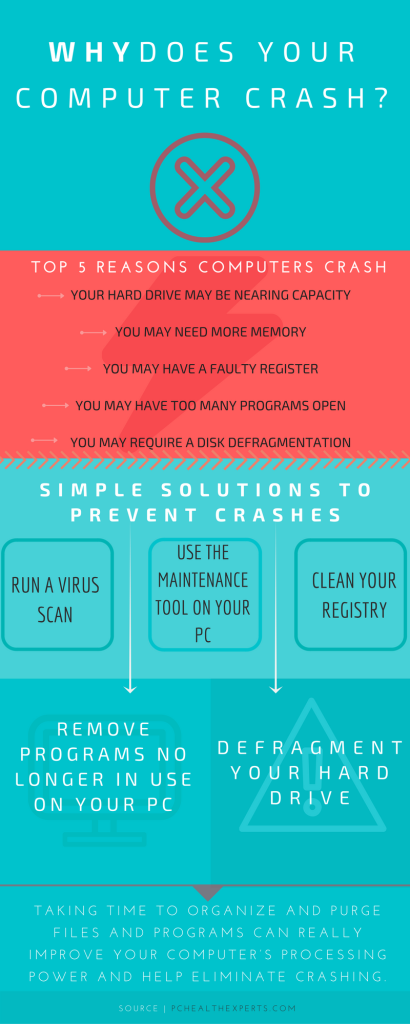This is a question we get often from our readers. We always ask them a few quick questions to gauge what might be happening with their machine, and most times it can quickly be fixed.
After you have owned your computer for a few years, or even after just a few short months, the machine will start to act differently from the day you took it out of the box. There’s several reasons why this is happening.
According to How Stuff Works the word computer refers to an object that can accept some input and produce some output. Each computer has it’s on microprocessor that can carry out complex calculations in the blink of an eye, very similar to how our human brains work. The term PC can be traced back to the 70’s when a man named Ed Roberts began to sell an Intel designed microprocessor in computer kits; the Altair 8800. in 1975 Poular Electronics published a story about the $395 kits and almost instantly the kits become an instant hit.
Obviously, the biggest impact on PCs was the launch of the Apple ll, from inventors Steve Wozniak and Steve Jobs. And, as they say, the rest is history. PCs would soon be in every home and every classroom across America, changing the way we communicate and the way we work.
However, most people that are dependent on these PCs don’t understand the basics of how they work, so we want to explore that in this article.
Core Components:
- Case
All laptops and computers have a case, although the two are usually quite different from each other. It’s what’s inside that really makes these machines tick, so to speak.
- Motherboard
The motherboard almost sounds like a futuristic term for a far away colony on a distant planet, and according to Wikipedia is considered the mother of all other components attached to it. Motherboards were actually used prior to the creation of microprocessors and even had copper wires for discrete connections between card connector pins before printed circuit boards became the standard.
- Power Supply
The power supply is what gives the computer it’s energy, connected usually to a battery that you is then charged by a wall outlet or some other function. Usually the power supply is mounted inside the case and connects to many components such as the fan, drives, graphics card, and motherboard.
- Central Processing Unit (CPU)
The CPU, called by most people, is what technically handles all of the instructions from the hardware and software running the machine.
- Random-access Memory (RAM)
This is a type of computer memory that is accessed randomly; that means, any byte of memory can be access without touching other bytes. There are two differnet kinds of RAM; the Dynamic Random Access Memory (DRAM), and the Static Random Access Memory (SRAM). DRAM and SRAM use different sources of technology to hold data, DRAM being the most common. One of the other main differences is DRAM needs to be refreshed thousands of times per second while SRAM does not.
- Drives
A drive is a “parking structure” for data while it’s not being used. A driver is connected directly to the motherboard depending on the what type of technology it uses.
- Cooling Devices
Heat is the enemy when it comes to computers. Heat can ruin every component inside your case so it is extremely important for it to be continuously cooled. The most common cooling practices are fans, while a “heat sink” is additionally used to draw heat away from the CPU. For more extreme PC users, gamers for example, the use of water-cooled systems are implemented.
- Cables
Cables are what connect everything we have discussed above. Used to design data and power, or sometimes both, cables are an important piece of the PC puzzle.
Although these are the basics of the computer and we want to dive further into the exact processes, like graphic cards, ports, peripherals, and expansion slots, we will wait till a later post for that because we now want to talk about how your computer crashes.
Using the above information we can start to diagnose some of the issues that may cause a system crash. We put together a helpful info-graph that will visually help you:






Leave a Reply